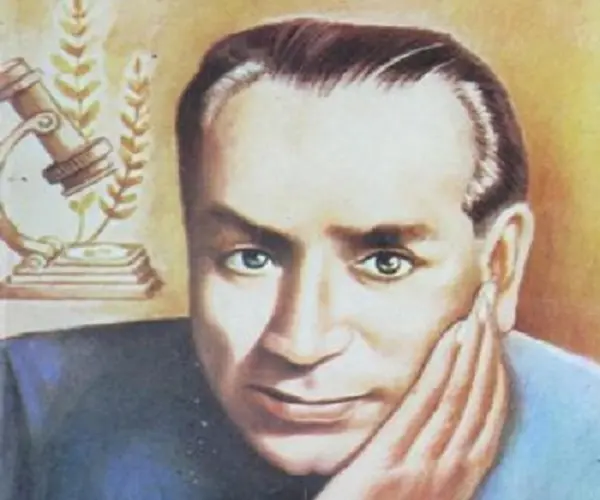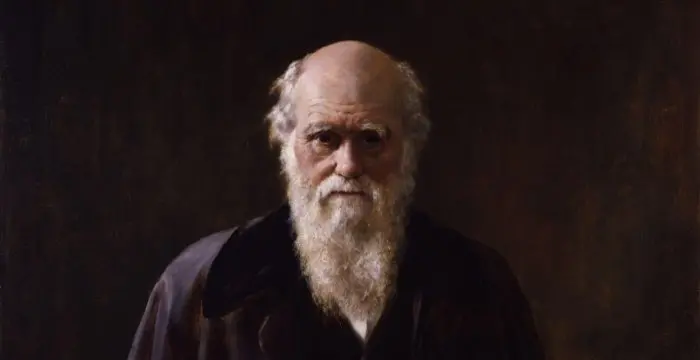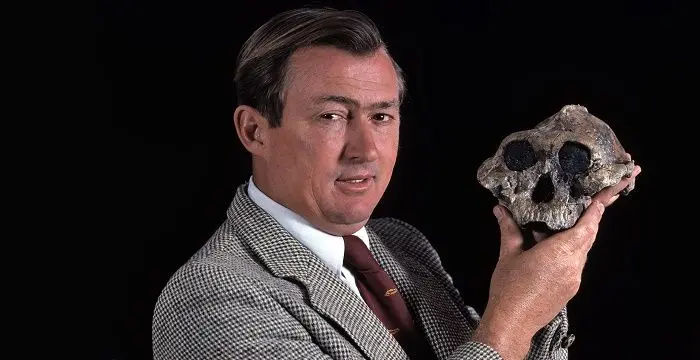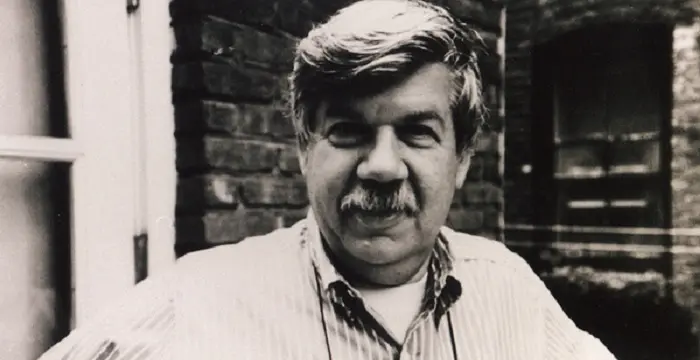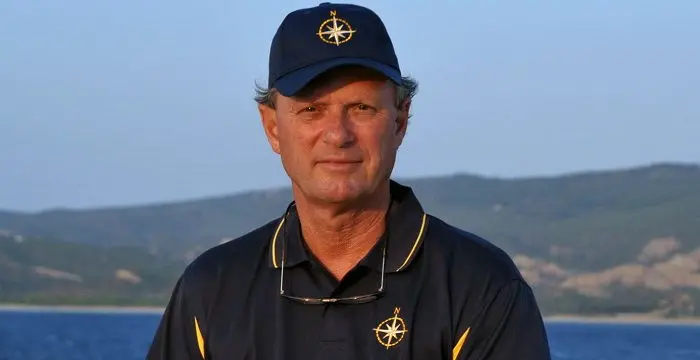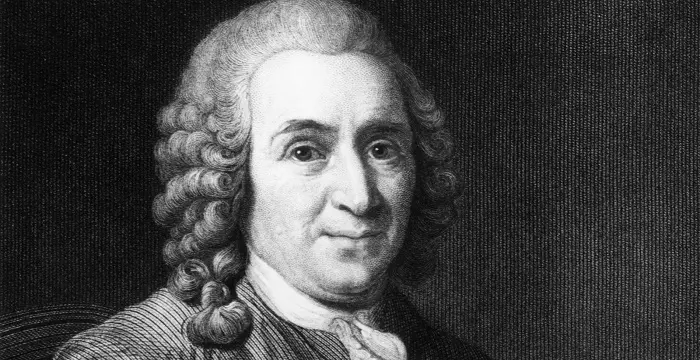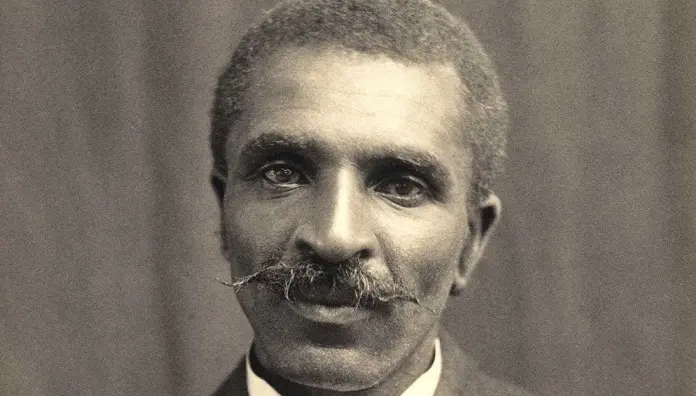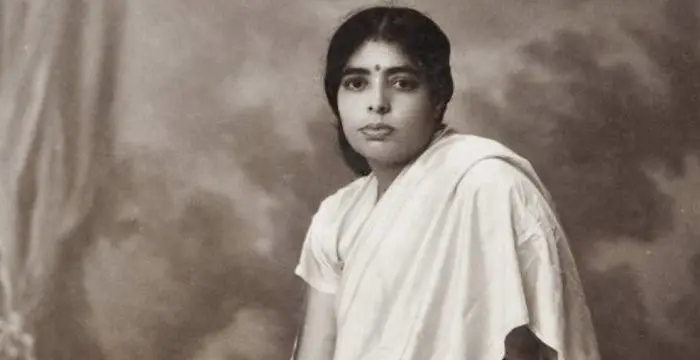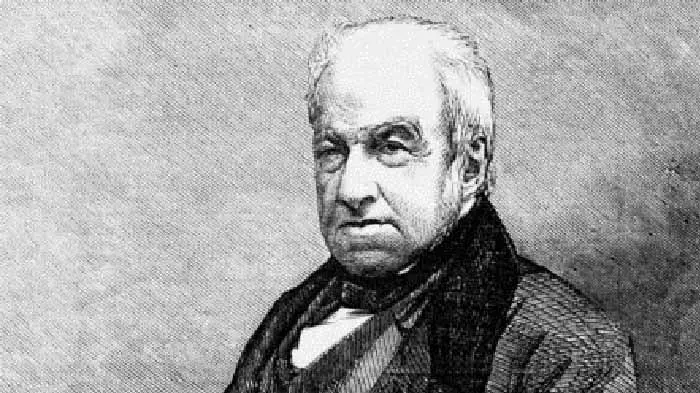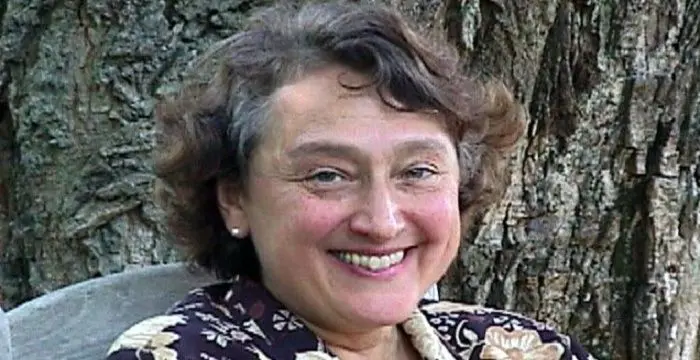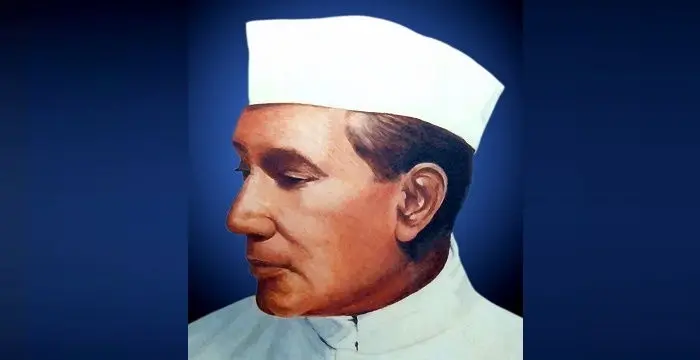
Birbal Sahni - Palaeobotanist, Timeline and Personal Life
Birbal Sahni's Personal Details
Birbal Sahni was an Indian palaeobotanist who founded the Birbal Sahni Institute of Palaeobotany in Lucknow
| Information | Detail |
|---|---|
| Birthday | 1891 |
| Died on | April 10, 1949 |
| Nationality | Indian |
| Famous | Scientists, Botanists, Paleontologists, Geologists, Palaeobotanist |
| Universities |
|
| Founder / Co-Founder |
|
| Birth Place | Saharanpur district |
| Religion | Hinduism |
| Gender | Male |
| Born in | Saharanpur district |
| Famous as | Palaeobotanist |
| Died at Age | 58 |
Birbal Sahni's photo
Who is Birbal Sahni?
Birbal Sahni was an Indian palaeobotanist who founded the Institute of Palaeobotany at Lucknow, which was later renamed as Birbal Sahni Institute of Palaeobotany after his death. He was a pioneer in palaeobotanical research in India and was also a geologist who took an interest in archaeology. Palaeobotany is the study of fossil plants, and his interest in the subject stemmed from his childhood fascination with plants, shells, and stones. Born in late 19th century India, he was a bright and curious child who loved to explore and examine his surroundings. He grew up in an intellectually stimulating environment where his parents ensured that he received the best education possible. After attending the Government College at Lahore where he studied botany under S. R. Kashyap, he moved to England to further his education. After earning his doctorate from the University of London in 1919, he briefly worked in Germany before returning to India. Soon he became the Head of the Botany Department of the Lucknow University and proved to be an excellent teacher with a great passion for palaeobotany. Soon he made the department an active centre for palaeobotanical research and also inspired his students to venture into the field. The establishment of the Institute of Palaeobotany was the culmination of his years of hard work though he unfortunately passed away just a week after the foundation stone laying ceremony
// Famous Paleontologists
Charles Darwin
Charles Darwin was one of the most influential figures in human history. Go through this biography to get details about his life, profile and timeline.
Richard Leakey
Richard Leakey is a famous paleoanthropologist and wild life conservationist, known for leading the expeditionsin Ethiopia's ‘Omo River’ district. To know more about his childhood, career, profile and timeline read on
Stephen Jay Gould
Stephen Jay Gould was a famous paleontologist and one of the most read science writers of his times. This biography provides detailed information about his childhood, life, achievements, works & timeline.
Childhood & Early Life
Birbal Sahni was born on 14 November 1891 as the second son of Lala Ruchi Ram Sahni and Shrimati Ishwar Devi in Bhera, Shahpur District, West Punjab. His father was a patriot and social reformer who was active in India’s struggle for independence. An educator, he eventually became a Professor of Chemistry in the Lahore Government College.
Birbal’s childhood home was often visited by the likes of Motilal Nehru, Gopal Krishna Gokhale, Sarojini Naidu, and Madan Mohan Malaviya which ensured that the young boy grew up in an intellectually stimulating environment.
He received his early education from the Mission and Central Model schools. Then he went to study at the Government College University, Lahore, where his father worked, before moving on to the Punjab University from where he graduated in 1911.
He was a brilliant student, and one of his mentors, S. R. Kashyap, had instilled in him a deep love for botany and motivated him to pursue his interest in the field. Thus Birbal moved to England for his higher studies.
He studied at the Emmanuel College at Cambridge and obtained a first class in Part I of the Natural Sciences Tripos in 1913 and completed Part II of the Tripos in 1915. At around the same time he also received his B.Sc. degree from London University.
He found a mentor in his teacher Sir Albert Charles Seward under whom he started doing his research on palaeobotany. Along with him, he worked on the study of Indian Gondwana Plants, the findings of which were published in the book, ‘Indian Gondwana Plants: A Revision’ in 1920. Meanwhile he was awarded his D.Sc degree by the University of London in 1919.
Career
He went to Germany and worked for a while with the German plant morphologist Goebel. Then he returned to India and was appointed Professor of Botany at Banaras Hindu University, Varanasi and Punjab University.
In 1921, he joined the newly created Botany Department of Lucknow University, as its first Professor and Head, a post he held till his death in 1949. Under his leadership, the department became an active centre of teaching and research and attracted many brilliant minds from all over the nation and became the first center for botanical and palaeobotanical investigations in India.
He had a keen interest in the field of geology as well and believed that palaeobotany and geology were intricately related to each other. He also served as the Head of the Department of Geology of the Lucknow University.
His contributions to archeology are also well-known. He conducted studies on Yaudheya Coin Moulds from Khokhra- Kot at Rohtak (1936) and from Sunhet near Ludhiana (1941). He stated that the aims and methods of the palaeobotanist are similar to those of the archaeologist as both aim for the interpretation and reconstruction of the past.
Birbal Sahni’s biggest ambition was to bring palaeobotanical research in India into a structured and organized framework. For this purpose, he constituted the committee of Indian Palaeobotanists named as “The Palaeobotanical Society” in 1939 and headed a meeting to coordinate and develop research fields in India.
Eventually, the Governing Body of the Palaeobotanical Society established the Institute of Palaeobotany on 10 September 1946. Initially housed within the Department of Botany at the University of Lucknow, it was later moved to its present premises at 53 University Road, Lucknow in 1949, and the foundation-stone of the new building of the Institute was laid down by Jawaharlal Nehru, India’s first Prime-Minister, on 3 April 1949. Sahni, however did not live to see his dream institute grow and thrive.
Major Work
He was the founder of the Institute of Palaeobotany which was later renamed the Birbal Sahni Institute of Palaeobotany in his honor. The institute promotes higher learning in the field of plant fossil research and works in close coordination with various organizations such as Geological Survey of India, Physical Research Laboratory, Oil and Natural Gas Commission, Oil India Limited, Coal India Limited, and Coal Mine Planning and Design Institute.
Awards & Achievements
He was elected a Fellow of the Royal Society of London (FRS) in 1936, the highest British scientific honor, becoming the first Indian botanist to be accorded this honor. He also received the Barclay Medal of the Royal Asiatic Society of Bengal the same year.
He was honored with the Nelson Wright Medal of the Numismatic Society of India in 1945 and Sir C. R. Reddy National Prize in 1947.
Personal Life & Legacy
Birbal Sahni married Savitri Suri in 1920. She was the daughter of Sunder Das Suri who was an Inspector of Schools in Punjab. His wife took an active interest in his scientific pursuits and was a pillar of support to him.
He died of a sudden heart attack on 10 April 1949, just a week after the foundation-stone laying ceremony of his institute.
// Famous Geologists
Robert Ballard
Dr. Robert Ballard is the founder of the Ocean Exploration Center and specializes in deep-sea archeology. This biography contains information about his childhood, life, achievements & timeline.
Charles Darwin
Charles Darwin was one of the most influential figures in human history. Go through this biography to get details about his life, profile and timeline.
Stephen Jay Gould
Stephen Jay Gould was a famous paleontologist and one of the most read science writers of his times. This biography provides detailed information about his childhood, life, achievements, works & timeline.
Birbal Sahni biography timelines
- // 14th Nov 1891Birbal Sahni was born on 14 November 1891 as the second son of Lala Ruchi Ram Sahni and Shrimati Ishwar Devi in Bhera, Shahpur District, West Punjab. His father was a patriot and social reformer who was active in India’s struggle for independence. An educator, he eventually became a Professor of Chemistry in the Lahore Government College.
- // 1911He received his early education from the Mission and Central Model schools. Then he went to study at the Government College University, Lahore, where his father worked, before moving on to the Punjab University from where he graduated in 1911.
- // 1913 To 1915He studied at the Emmanuel College at Cambridge and obtained a first class in Part I of the Natural Sciences Tripos in 1913 and completed Part II of the Tripos in 1915. At around the same time he also received his B.Sc. degree from London University.
- // 1919 To 1920He found a mentor in his teacher Sir Albert Charles Seward under whom he started doing his research on palaeobotany. Along with him, he worked on the study of Indian Gondwana Plants, the findings of which were published in the book, ‘Indian Gondwana Plants: A Revision’ in 1920. Meanwhile he was awarded his D.Sc degree by the University of London in 1919.
- // 1920Birbal Sahni married Savitri Suri in 1920. She was the daughter of Sunder Das Suri who was an Inspector of Schools in Punjab. His wife took an active interest in his scientific pursuits and was a pillar of support to him.
- // 1921 To 1949In 1921, he joined the newly created Botany Department of Lucknow University, as its first Professor and Head, a post he held till his death in 1949. Under his leadership, the department became an active centre of teaching and research and attracted many brilliant minds from all over the nation and became the first center for botanical and palaeobotanical investigations in India.
- // 1936 To 1941His contributions to archeology are also well-known. He conducted studies on Yaudheya Coin Moulds from Khokhra- Kot at Rohtak (1936) and from Sunhet near Ludhiana (1941). He stated that the aims and methods of the palaeobotanist are similar to those of the archaeologist as both aim for the interpretation and reconstruction of the past.
- // 1936He was elected a Fellow of the Royal Society of London (FRS) in 1936, the highest British scientific honor, becoming the first Indian botanist to be accorded this honor. He also received the Barclay Medal of the Royal Asiatic Society of Bengal the same year.
- // 1939Birbal Sahni’s biggest ambition was to bring palaeobotanical research in India into a structured and organized framework. For this purpose, he constituted the committee of Indian Palaeobotanists named as “The Palaeobotanical Society” in 1939 and headed a meeting to coordinate and develop research fields in India.
- // 1945 To 1947He was honored with the Nelson Wright Medal of the Numismatic Society of India in 1945 and Sir C. R. Reddy National Prize in 1947.
- // 1946 To 1949Eventually, the Governing Body of the Palaeobotanical Society established the Institute of Palaeobotany on 10 September 1946. Initially housed within the Department of Botany at the University of Lucknow, it was later moved to its present premises at 53 University Road, Lucknow in 1949, and the foundation-stone of the new building of the Institute was laid down by Jawaharlal Nehru, India’s first Prime-Minister, on 3 April 1949. Sahni, however did not live to see his dream institute grow and thrive.
- // 10th Apr 1949He died of a sudden heart attack on 10 April 1949, just a week after the foundation-stone laying ceremony of his institute.
// Famous Botanists
Carl Linnaeus
Carolus Linnaeus was a renowned Swedish biologist popularly known as the ‘Father of Modern Taxonomy’ who founded the binomial nomenclature. Read on to know more about his childhood, career, profile and timeline
Charles Darwin
Charles Darwin was one of the most influential figures in human history. Go through this biography to get details about his life, profile and timeline.
George Washington Carver
George Washington Carver was an American scientist and inventor. This biography provides detailed information about his childhood, life, achievements and timeline.
Janaki Ammal
Janaki Ammal was an Indian botanist best remembered for her work on sugarcane and eggplant. This biography of Janaki Ammal provides detailed information about her childhood, life, achievements, works & timeline
Robert Brown
Robert Brown was a renowned botanist, famous for having laid the foundation for what is today popularly called the ‘Brownian Motion’.Read on for detailed information about his childhood, profile, career and timeline
Lynn Margulis
Lynn Margulis was a famous American biologist who co-developed the Gaia theory and studied evolution in nucleated cells. To know more about her childhood, career, profile and timeline read on
Birbal Sahni's FAQ
When was Birbal Sahni died?
Birbal Sahni was died at 1949-04-10
Where was Birbal Sahni died?
Birbal Sahni was died in Aga Khan Palace
Which age was Birbal Sahni died?
Birbal Sahni was died at age 58
Where is Birbal Sahni's birth place?
Birbal Sahni was born in Saharanpur district
What is Birbal Sahni nationalities?
Birbal Sahni's nationalities is Indian
What was Birbal Sahni universities?
Birbal Sahni studied at University of London, University of Cambridge, Emmanuel College, Cambridge, Government College University, University of the Punjab
Which company or organization was founded by Birbal Sahni?
Birbal Sahni was the founder/co-founder of Birbal Sahni Institute of Palaeobotany
What is Birbal Sahni's religion?
Birbal Sahni's religion is Hinduism
How famous is Birbal Sahni?
Birbal Sahni is famouse as Palaeobotanist
